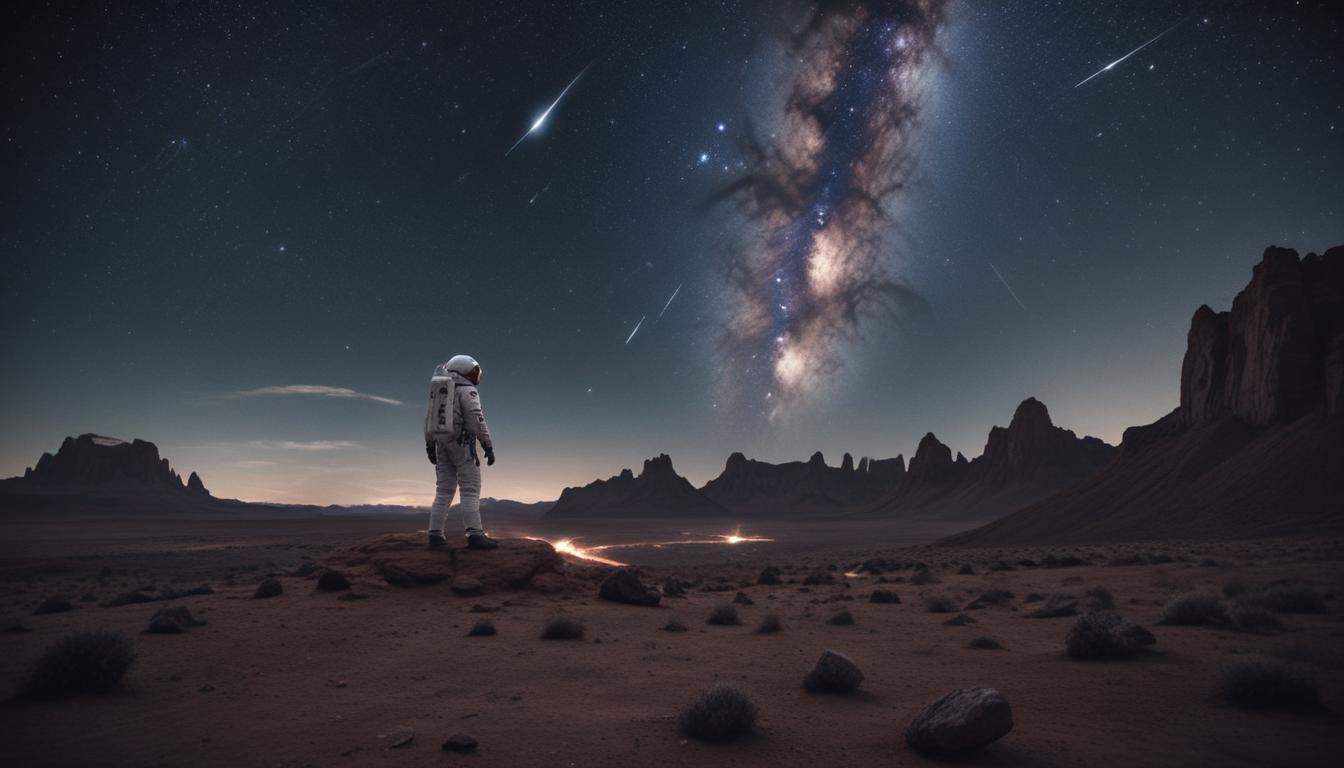Now Reading: Space Tourism Your Ultimate Guide
- 01
Space Tourism Your Ultimate Guide
Space Tourism Your Ultimate Guide

Space Tourism Traveling Beyond Earth
Have you ever looked at the stars and felt a deep desire to travel into that vast, silent darkness? For a long time, only a few special astronauts could make that journey. For most of us, traveling to space felt like something you would only see in a movie. It’s a common feeling to be left behind while humanity takes its next big step. But today, the wall between Earth and space is starting to come down.
That incredible dream is quickly becoming a real, exciting possibility. Commercial spaceflight is no longer a far-off idea; it is a growing industry that is sending regular people into the cosmos. This guide is your ticket to understanding this new frontier. We will explore what space tourism is, meet the people making it happen, discover what the amazing experience is like, and look at what the future holds for our journey to the stars. The final frontier is opening, and your chance to be a part of it might be closer than you think.
What Exactly is Space Tourism
In simple terms, space tourism is recreational travel to space. People go for fun, education, or leisure, not for professional science missions. These trips come in two main types suborbital and orbital flights. To be called a “spaceflight,” a trip usually has to cross the Kármán line. This is the official boundary of space, located 100 kilometers (about 62 miles) above our planet. If you cross this line, you officially earn your astronaut wings.
Suborbital vs Orbital Flights
Suborbital flights are the most common type of space tourism available right now. Think of them as giant “up and down” trips. They take passengers to the edge of space for just a few minutes. During that time, you get to experience weightlessness and see the stunning curve of the Earth against the blackness of space. After a few minutes, the vehicle returns to the ground.
Orbital flights are much more difficult and expensive. To get into orbit, a spacecraft has to reach an incredible speed to circle the Earth continuously. This is how the International Space Station (ISS) stays in space. These trips can last for several days and offer a much longer experience of living in space.
The Pioneers of Commercial Spaceflight
A few bold companies are leading the way in this new space race. Each one has a different way of taking people to space.
Virgin Galactic
Founded by Sir Richard Branson, Virgin Galactic offers a stylish experience using its air-launched spaceplane, VSS Unity. A large mothership carries the spaceplane high into the air. The spaceplane then detaches, fires its rocket, and climbs to space. This method provides a smooth ride before the craft glides back to a runway landing, just like an airplane.
Blue Origin
Jeff Bezos’s company, Blue Origin, uses a more classic rocket and capsule system called New Shepard. This is a fully automated vertical launch that shoots passengers straight up past the Kármán line. The capsule has some of the largest windows ever flown in space, giving tourists incredible views before it floats back down to Earth under parachutes.
SpaceX
Elon Musk’s SpaceX is playing on a whole different level. Using its powerful Falcon 9 rocket and Dragon capsule, SpaceX has already completed orbital missions for private citizens. These are multi-day journeys, with some even visiting the International Space Station. This represents the ultimate space tourism experience available today.

What is the Experience of a Space Tourist Like
Going to space isn’t like booking a normal vacation. The journey starts long before you launch with detailed screening and several days of special training.
Training and Preparation
This preparation is vital for safety and making sure you enjoy the trip. Trainees learn how to handle the strong G-forces during launch and reentry. They also practice moving around in zero gravity and learn emergency procedures. This training helps build a strong bond among the crew, turning a group of tourists into a real team of private astronauts.
The Flight Itself
The flight is an incredible experience for all your senses. It starts with a powerful roar and a deep vibration as the rocket launches, pressing you into your seat. When the engines shut off, everything becomes suddenly silent and still. Then, you start to float. This is the moment of weightlessness, a joyful and unique feeling.
But the real highlight is the view. Looking down, you see the beautiful blue marble of Earth with its swirling clouds. You also see the thin, delicate line of the atmosphere protecting it. This powerful sight is known as the “overview effect.” Many astronauts say it changes their perspective forever, giving them a deep feeling of connection to our planet and all of humanity.
The Future of Travel Beyond Our Planet
The trips available today are just the beginning. The next big step for space tourism is building places to stay in orbit.
Space Hotels and Orbital Destinations
Several companies are already designing private space stations that will act as the first hotels in space. These orbital habitats will let guests live and work in space for longer periods. They could do research, create art, or just enjoy the amazing views. These commercial stations will make space more accessible for both industry and adventure.
Beyond Earth’s Orbit
Looking even further ahead, the goals of space tourism become even bigger. Companies like SpaceX plan not just to orbit Earth but to travel to other worlds. A tourist flight circling the Moon is becoming a real possibility, bringing back the excitement of the Apollo missions for a new generation. Beyond that is the ultimate goal of making humanity a multi-planetary species by building settlements on Mars. While there are still big challenges to overcome, the fast pace of innovation shows that one day, traveling beyond Earth will be a normal part of the human experience.


































